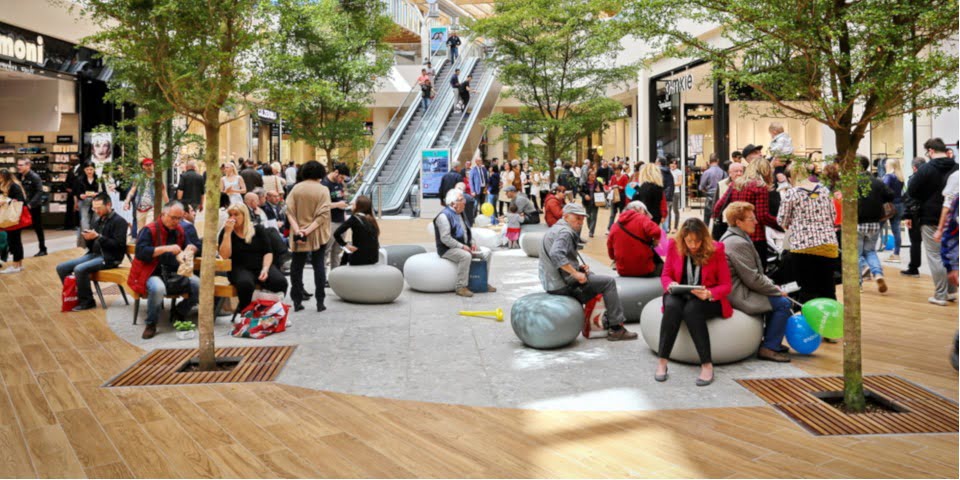Approximately 12% of consumers actively avoid shopping malls, according to new research. Converting even small numbers of non-visitors to visitors could lead to substantial increases in mall revenue.
The study identifies the myriad of reasons that motivate mall avoidance, namely:
- anti-consumption ideology (perception of malls as crass materialistic entities and general hostility towards capitalist economy)
- overwhelming sensory experience (experiencing malls as sensory nightmare, bombarded with loud music, strong lightening and conflicting smell), and
- preference for alternative retail channels of online shopping and high street stores.
While 42% of mall avoiders (especially young men) have a clear preference for online, suffer from shopping irritants and express the most hostile attitude towards malls, the remaining majority can be considered potential mall visitors. This segment of mall avoiders is rather similar in consumption habits and preferences to frequent mall visitors.
“By improving commitments to sustainability and the management of mall design, atmosphere and social environment, malls may be able to attract around sixty percent of mall avoiders,” says Professor Vince Mitchell from the University of Sydney, who co-authored of the report.
Mall avoiders might be encouraged to visit malls more if:
- Malls can offer more experiences that are similar to high-street shopping, cannot be obtained online, and encourage social interactions, such as beauty services, hairdressing, cosmetics, and manicures.
- Malls invest more in sustainability, eg incorporating greywater reclamation systems; establishing gardens on the mall’s roof; ensuring a diverse and local employee population and communicating these practices to the public.
- Malls better control the mall environment by reducing crowding, and overwhelming design and atmospherics. This could be achieved by reducing the number of people in the mall via extending opening hours or limiting the number of visitors, as well as reducing the music volume and light intensity and splitting the mall’s internal space into sub-areas to reduce the sense of a large crowds.
The research project was comprised of qualitative data collection followed by quantitative survey, conducted on British consumers.


